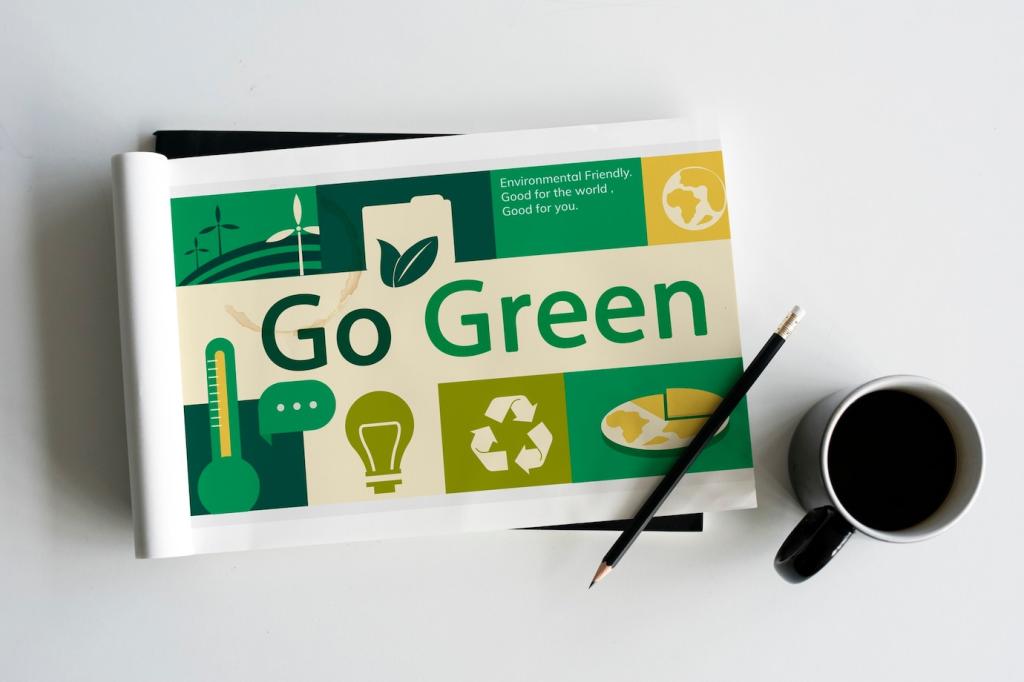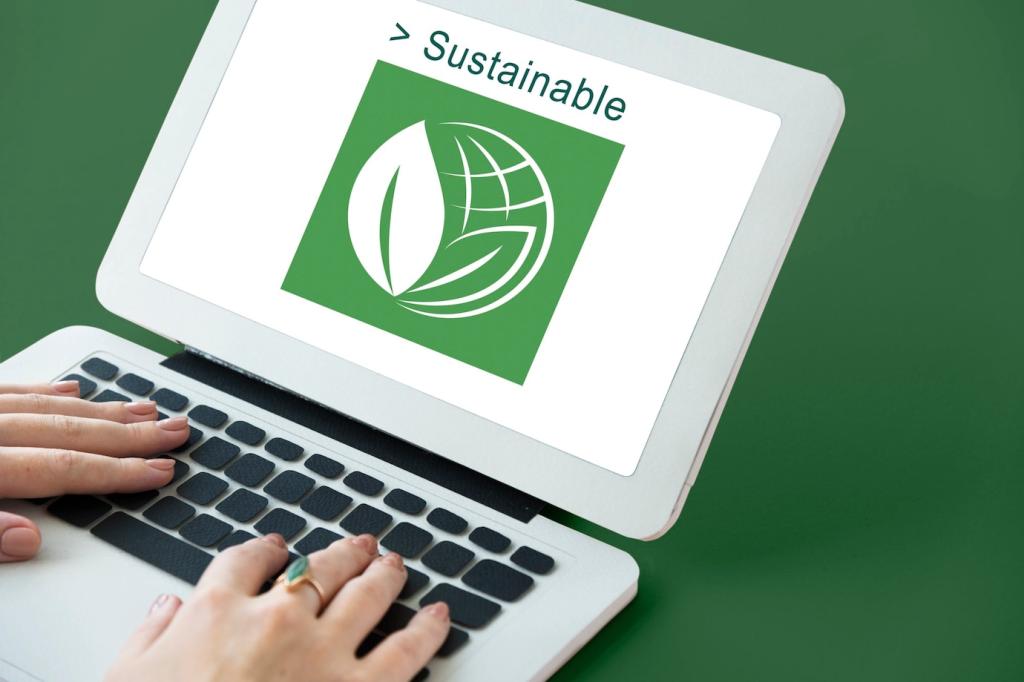Design, Labels, and Green Microcopy
If an item is recyclable only when clean or only curbside in certain cities, say that right on the label. Instructions reduce contamination and increase recovery. Clear verbs—rinse, separate, return—beat symbols alone. Post your current label text; we’ll suggest a clearer, more action-oriented line.
Design, Labels, and Green Microcopy
A leaf icon means different things to different people. Pair symbols with short descriptors so meaning isn’t guessed. Avoid green-splashed visuals that imply universal benefit without proof. Want a quick icon glossary for your site footer? Subscribe and we’ll send a ready-to-use template.









